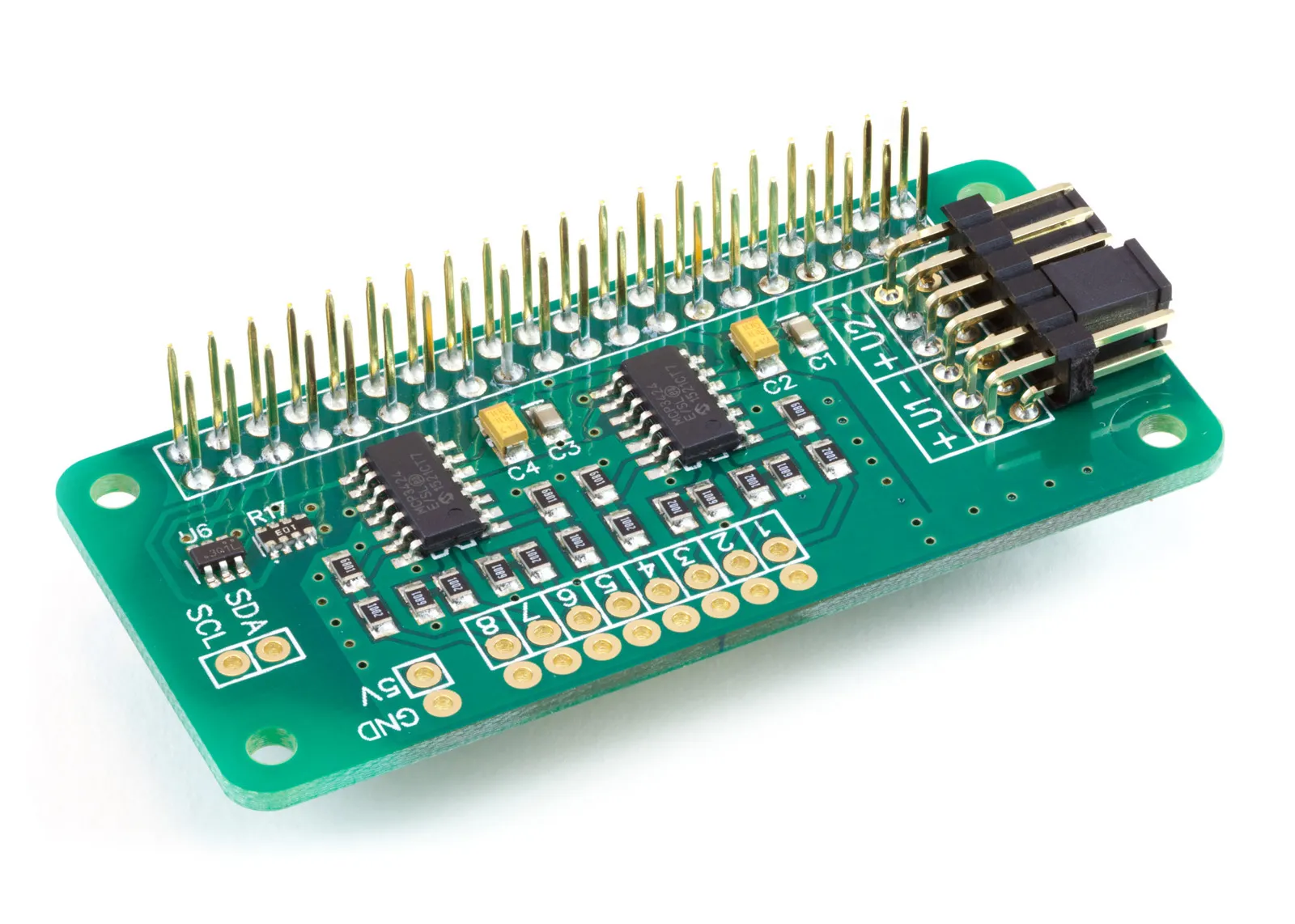This calculator gives the values for current limiting resistors for LEDs.
R1 =
Power =

An LED, or light-emitting diode, is an electronic component that emits light when an electric current passes through it. Unlike traditional incandescent bulbs, LEDs are highly efficient, producing more light with less energy. They are commonly used in various applications, including indicator lights, displays, and general lighting, due to their long lifespan, low energy consumption, and durability. LEDs come in various colours and sizes, making them versatile for many different uses.
Every LED (light-emitting diode) has unique characteristics and specifications based on the materials used to make them, their colour, and other factors. LEDs have a forward voltage, similar to other diodes, which is the minimum voltage needed to turn them on. To light up an LED, you need to provide a voltage slightly higher than this forward voltage.
If the voltage applied is too high, the current flowing through the LED can increase too much, which might damage the LED or shorten its lifespan. To ensure the LED works properly and lasts longer, we need to control the amount of current flowing through it. The simplest and cheapest way to do this is by placing a current-limiting resistor in series with the LED. This resistor controls the current and prevents it from exceeding the LED’s maximum rated current.
You can find the forward voltage and maximum current in the datasheet from the LED's manufacturer.
If you are using several LEDs in series you need to multiply the maximum current for one LED by the number of LEDs in the circuit.
Steps to Calculate the Resistor Value
To calculate the correct LED resistor value you need to know the LED's forward voltage (Vf) and desired current (If), as well as the supply voltage (Vsupply). The resistor should be placed in series with the LEDs.
Here's a step-by-step guide to calculating the correct resistor value for an LED circuit:
-
Determine the Supply Voltage measured in volts (Vsupply): This is the voltage source you'll use to power the LED.
-
Find the Forward Voltage (Vf): This is the voltage drop across the LED when it is forward-biased. It is typically provided in the LED's datasheet. Common values are:
- Red LEDs: ~2.0V
- Green LEDs: ~2.0-3.0V
- Blue LEDs: ~3.0-3.5V
- White LEDs: ~3.0-3.5V
-
Determine the Desired Forward Current (If): This is the current you want to flow through the LED, usually specified in the LED's datasheet. Common values range from 10mA to 20mA for standard LEDs.
-
Use Ohm's Law to Calculate the Resistor Value:
Example Calculation
Let's go through an example calculation.
- Supply Voltage (Vsupply): 9V
- Forward Voltage of LED (Vf): 2V
-
Desired Forward Current (If): 20mA (0.020A)
-
Subtract the Forward Voltage from the Supply Voltage: VR = Vsupply − Vf = 9V − 2V = 7V
-
Calculate the Resistor Value Using Ohm's Law:
So, you would use a 350-ohm resistor to limit the current through the LED to 20mA.
Choosing the Nearest Standard Resistor Value
Resistors come in standard values, so you might not find a 350-ohm resistor exactly. In such cases, you can choose the nearest standard resistor value, which is 360 ohms. This slight increase in resistance will slightly reduce the current through the LED, which is generally safe for the LED's operation.
Power Rating of the Resistor
Additionally, it's important to check the power rating of the resistor to ensure it can handle the power dissipation. The power dissipated by the resistor is given by:
P = VR × If = 7V × 0.020A = 0.14W
A 1/4 watt (0.25W) resistor would be suitable in this case, as it is higher than the calculated power dissipation.
Summary
- Determine the supply voltage (Vsupply).
- Find the forward voltage (Vf) of the LED.
- Determine the desired forward current (If).
-
Use the formula
to calculate the resistor value.
- Choose the nearest standard resistor value.
- Ensure the resistor's power rating is adequate.
By following these steps, you can select an appropriate resistor to safely and effectively drive your LED.





